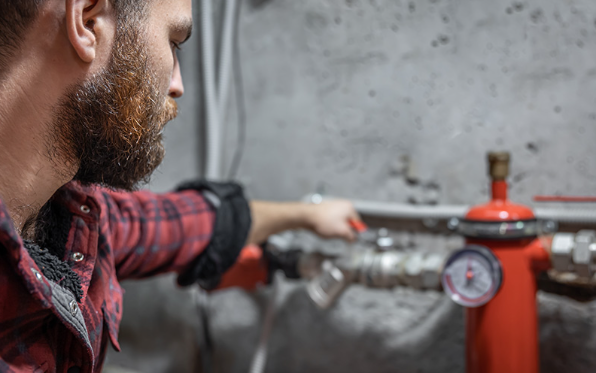Gas detection equipment is one of those things you rarely think about—until something goes wrong. If you’ve ever seen a gas leak set off alarms and clear a building faster than a fire drill, you’ll understand why gas detector calibration in Singapore is not just a tick-box routine. It’s a necessity. Regular calibration ensures these devices provide accurate readings, preventing unnecessary panic or, worse, undetected hazards but how much should you be paying for this essential service? The answer, as with most technical services, sits somewhere between “it depends” and “better not cut corners.” Let’s unpack the costs, break down what you’re paying for, and make sense of why detector gas calibration service charges vary so wildly.
What Affects the Cost of Calibration?
The cost of a detector gas calibration service isn’t random guesswork. It hinges on a few core factors, the most obvious being the type of detector you’re using. Single-gas detectors are simpler and cheaper to calibrate. Multi-gas systems, which may test for oxygen levels, combustible gases, and toxic substances in tandem, demand more time, expertise, and calibration gases—so expect a higher bill.
Then there’s frequency. Most manufacturers recommend calibration every six months, though high-risk environments may require monthly checks. If your detector goes months without calibration, its accuracy can drift dramatically. That means a false sense of security, or worse, a failure to detect real danger. So, if you’re tempted to skip service to save a few dollars, think about what you’re risking instead.
The environment also plays a part. Units exposed to extreme heat, humidity, or dust tend to degrade faster and need more careful attention and devices used in industrial or marine settings are more susceptible to sensor fatigue or contamination, raising the calibration requirements—and the cost.
Lastly, where the service is carried out matters. On-site calibration will likely include transportation costs, technician call-out fees, and potential downtime for your equipment. Sending your devices off-site may be cheaper, but you lose time in shipping and handling. Either way, there’s a trade-off between cost and convenience.
Understanding What You’re Paying For
It’s tempting to look at calibration as just a quick test, but there’s quite a bit going on behind the scenes. Calibration involves exposing the device to a certified gas concentration and adjusting its readings to match the known value and this isn’t something you can DIY with a canister and a stopwatch. The process requires controlled conditions, certified gases, and trained technicians who are capable.
A standard detector gas calibration service might involve a pre-check to assess sensor health, a zero-point adjustment, span calibration using target gas, and documentation for traceability. Reputable safety services will also provide calibration certificates, which are particularly useful if your operations fall under safety audits or compliance regulations.
And do not forget: sometimes calibration reveals a bigger issue. A failing sensor, a faulty pump, or a corrupted internal log may surface. Catching these problems early can save you from future equipment failure—or worse, legal repercussions from a preventable accident.
While it may seem like you’re paying for a half-hour job, you’re investing in preventative care that protects lives, property, and business continuity. That’s not an area to skimp on.
So, What’s the Damage?
Let’s talk figures. The cost of gas detector calibration in Singapore usually starts around SGD 60 to SGD 120 for a basic single-gas unit, assuming it’s functioning correctly. Multi-gas detectors can range from SGD 150 to SGD 300, depending on the number of sensors and gases involved.
If the unit requires repair or part replacement during calibration, those costs stack. Sensors, particularly for less stable gases like hydrogen sulphide or ammonia, aren’t cheap. You could be looking at an additional SGD 100 to SGD 400.
For businesses operating with a fleet of gas detectors, service providers may offer bundled calibration contracts or periodic maintenance packages, reducing per-unit costs over time. These contracts can provide peace of mind by ensuring your entire fleet remains compliant without scrambling to schedule individual appointments.
Ultimately, calibration is an expense and part of the life cycle of your detection system. Treating it as an optional add-on rather than a scheduled obligation is like skipping oil changes and expecting your car to purr.
While it may be tempting to delay or cheap out on calibration, the reality is that an uncalibrated gas detector is about as useful as a broken smoke alarm. It looks reassuring, but it won’t do much when it counts. Understanding the cost of a proper detector gas calibration service helps you budget more wisely and plan maintenance more effectively.
In high-stakes environments, accuracy is non-negotiable. So if your gas detectors haven’t been checked in a while, perhaps it’s time to do more than cross your fingers and hope for the best.
Ensure your detectors are as accurate as the risks they guard against. Contact Ansac Technology today to book a professional gas detector calibration in Singapore that meets industry standards.





